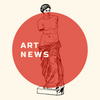Exhibition (Un)written: what lies beyond words
What happens in the space between thought and language — between emotion and expression? The online exhibition (Un)written brings together artists, photographers, and illustrators from the United Kingdom, Russia, Israel, Serbia, Germany, and Cyprus to explore the territory of the unspoken and the elusive. Their works invite viewers to enter a space where words falter but images, gestures, and textures speak volumes.
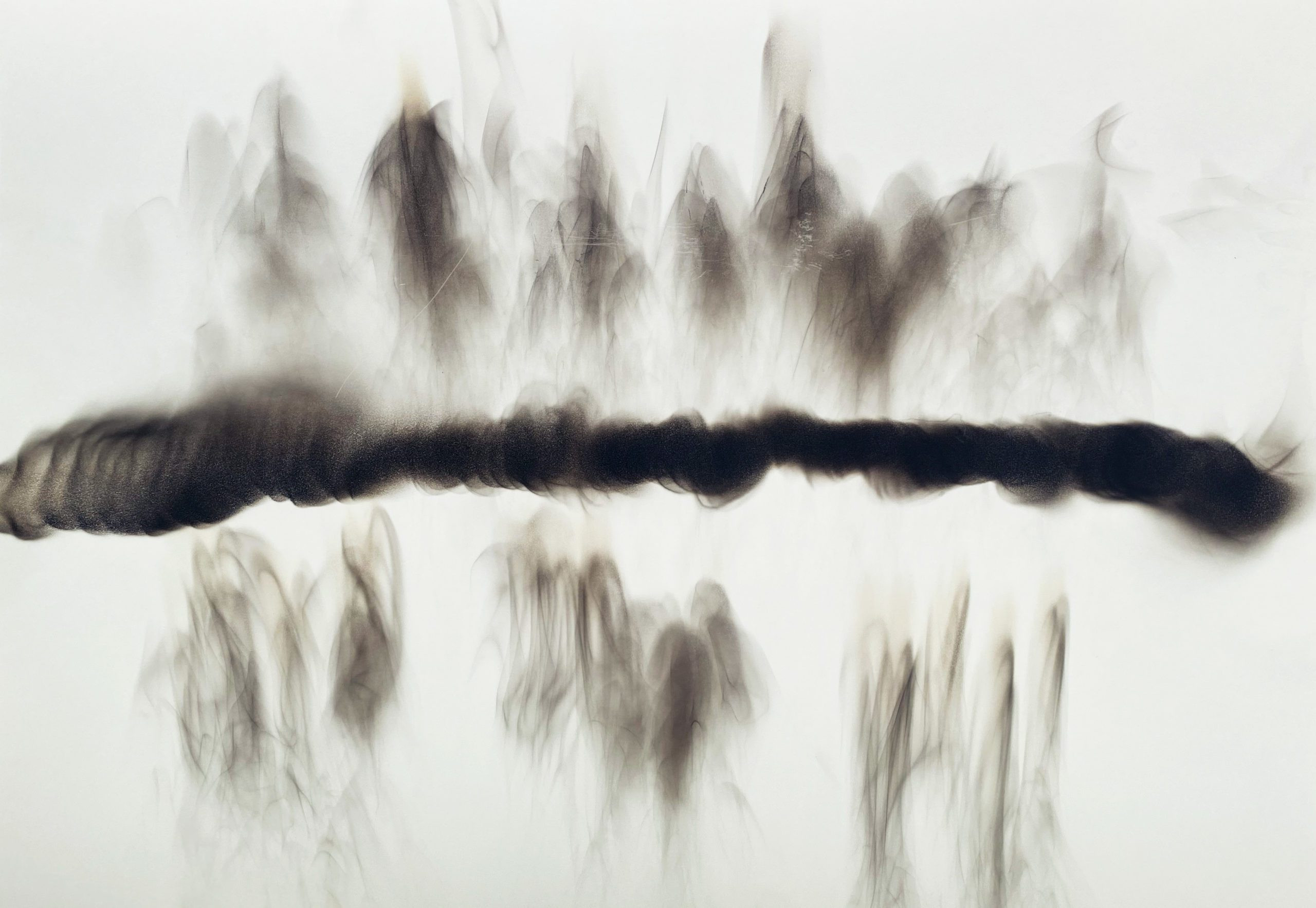
In today’s world of relentless text, scrolling feeds, and constant narration, what remains unsaid becomes increasingly meaningful. (Un)written responds to this moment by shifting the focus from articulation to intuition, from language to perception. The exhibition examines the porous boundaries between personal memory and collective experience, emotional undercurrents and cultural codes, nature and technology. Each work is an attempt to hold on to what cannot be captured by language — passion, silence, fleeting tension, forgotten thoughts, moments dissolved in time.
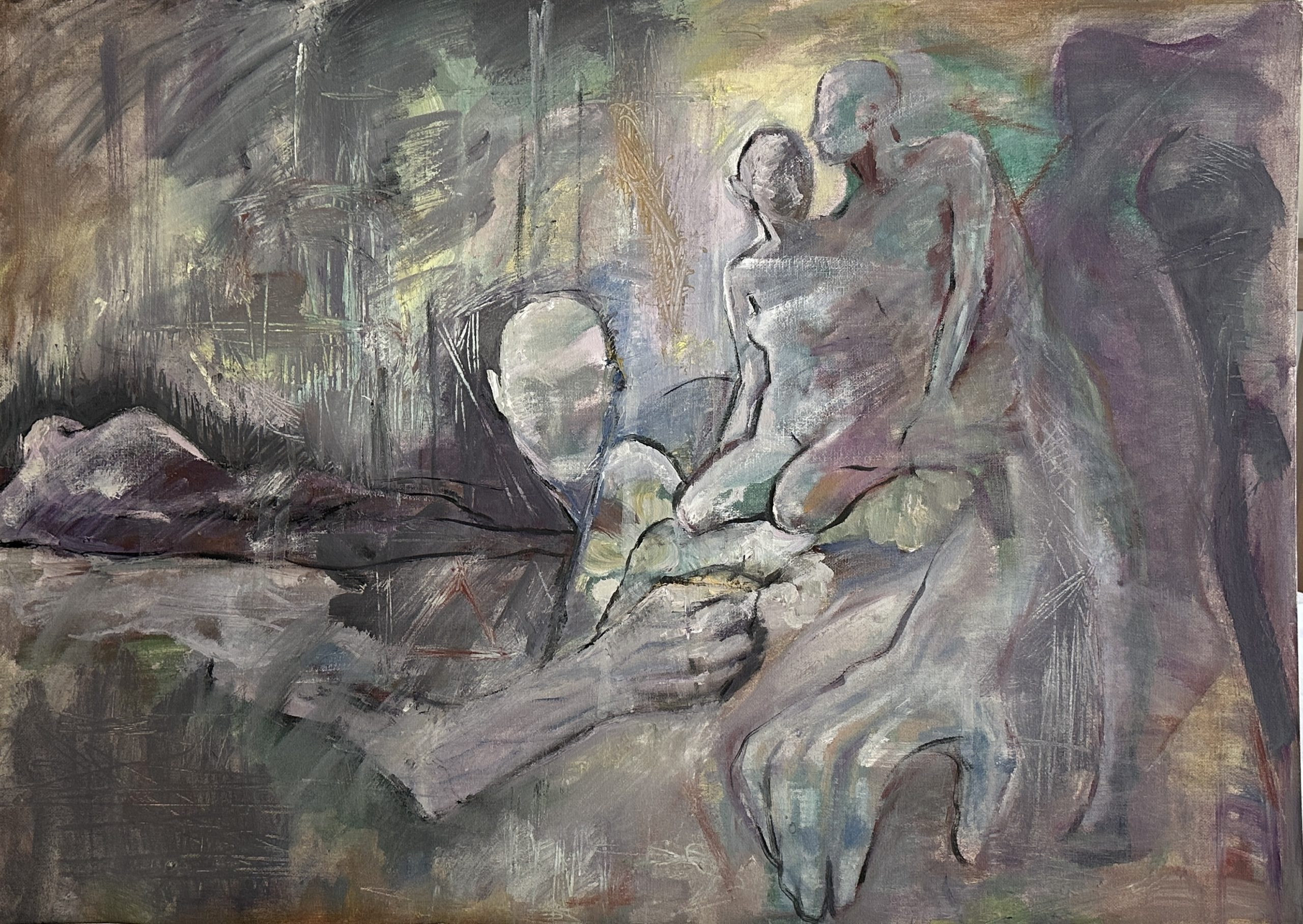
Among the featured works, Sasha Nikitina (Israel) revisits 1990s Saint Petersburg in Snegurochka, blending nostalgia, war, and painterly challenge into an elusive multi-layered portrait of memory. Ksenia Chumakova (Serbia) turns the texture of tree bark into an unwritten text — a natural language that cannot be fully translated but can be felt through its intricate lines and rhythms. Goroweko (UK) deliberately refrains from imposing meaning in Dead, instead offering viewers space to uncover their own stories within the symbols.
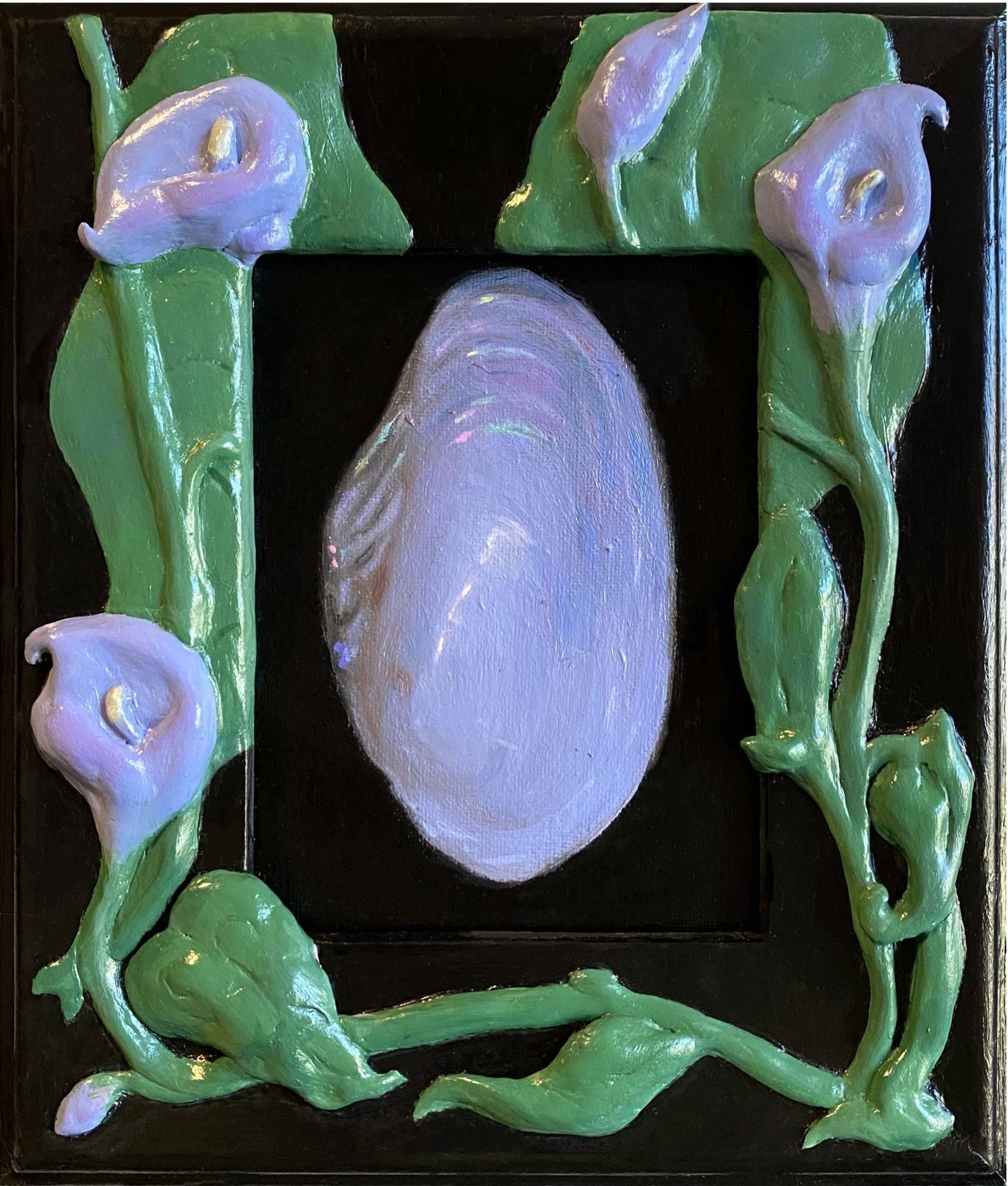
Dasha Petrakova (Russia)’s 19:20 categorizes half-formed thoughts by the time of their disappearance, like smoke trails of extinguished words. anya romanoff (Russia)’s Water Flower invokes a sense of unity with the natural world through a fusion of painting and sculptural framing. Polina Milovanova (Russia) explores collective portraits and the intangible flow of shared thought, where individual experiences overlap but never fully coalesce.
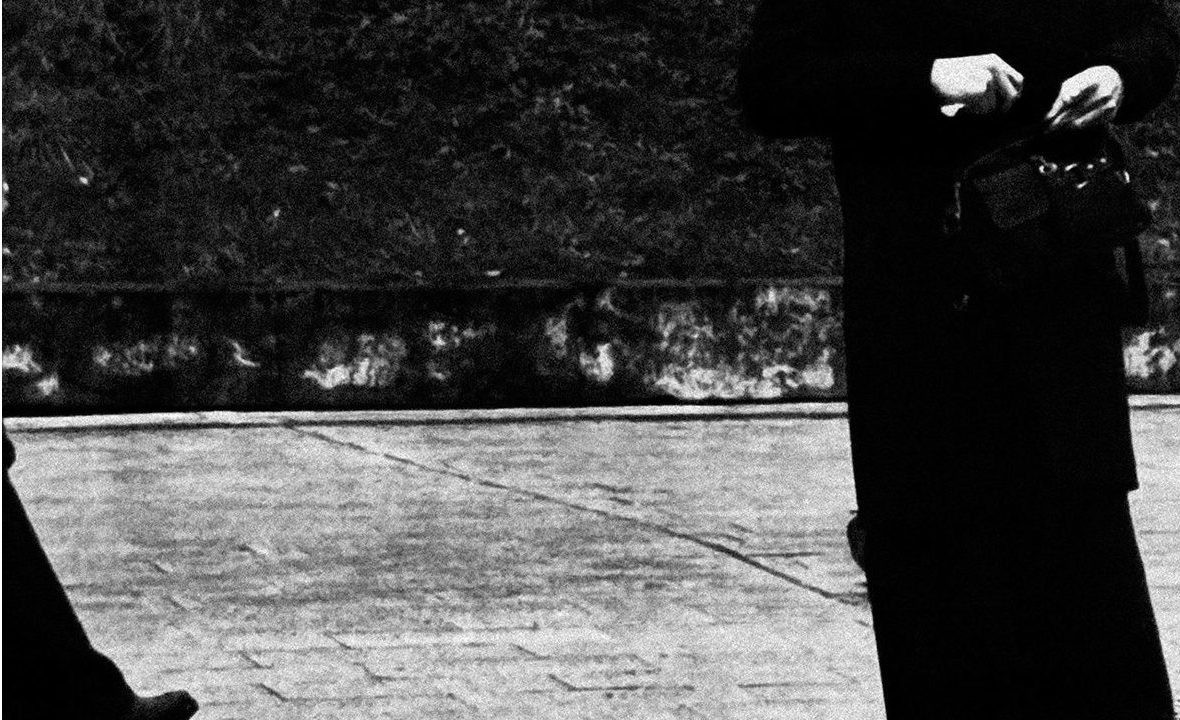
In Punctum, Arseny Menshchikov (Russia) removes faces and narratives from the frame, creating universal gestures that the viewer instinctively completes. Maria Shvetsova (Russia)’s number 5 reconstructs fractured memories through ambiguous human silhouettes and light-shadow fragments, highlighting the impossibility of verbal recall. Anna Gordenko (Germany)’s Acoustic Blues reflects on the remnants of a composer’s life through instruments and unfinished scores.
Lola Mirmuminova (Lola Graham, Russia) explores the paradox of internal intensity and external detachment in Unstable Equilibrium, translating unspoken emotions stored in the body into photographic images. Svetlana Kotina (Israel) uses photography as a dotted line through life’s journey, preserving both the visible and the unseen, while Natalia Titova (Serbia)’s One Day in the Life of Ivan Denisovich acts as a literary collage of emotional textures hidden behind written words.
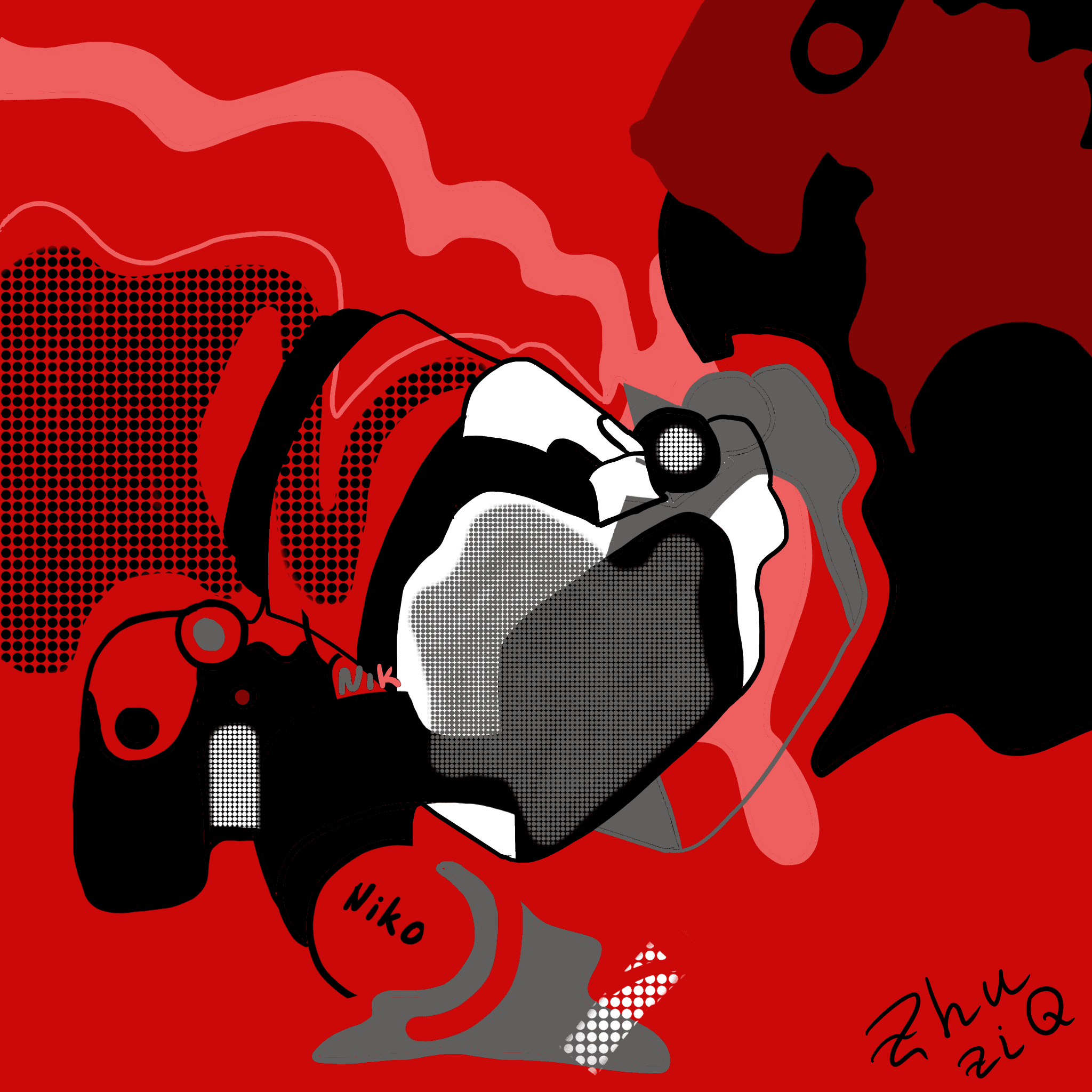
ZhuziQ (Cyprus)’s Camera captures the passionate, split-second frenzy of photography — the moment when the camera seems to be everywhere at once, stopping time itself. Eva Khidasheli (Russia) contemplates a single second of tranquility that outweighs decades of searching in Nega. Finally, Polina Sheveleva (pola x, Russia)’s Empty Whirl presents a chaotic red field, part night sky and part battleground, with an icon-like female figure whose “unfinished” face becomes a sacred and enigmatic sign.
👉 Visit the exhibition online https://thekulttalk.com/project/exhibition-unwritten/
